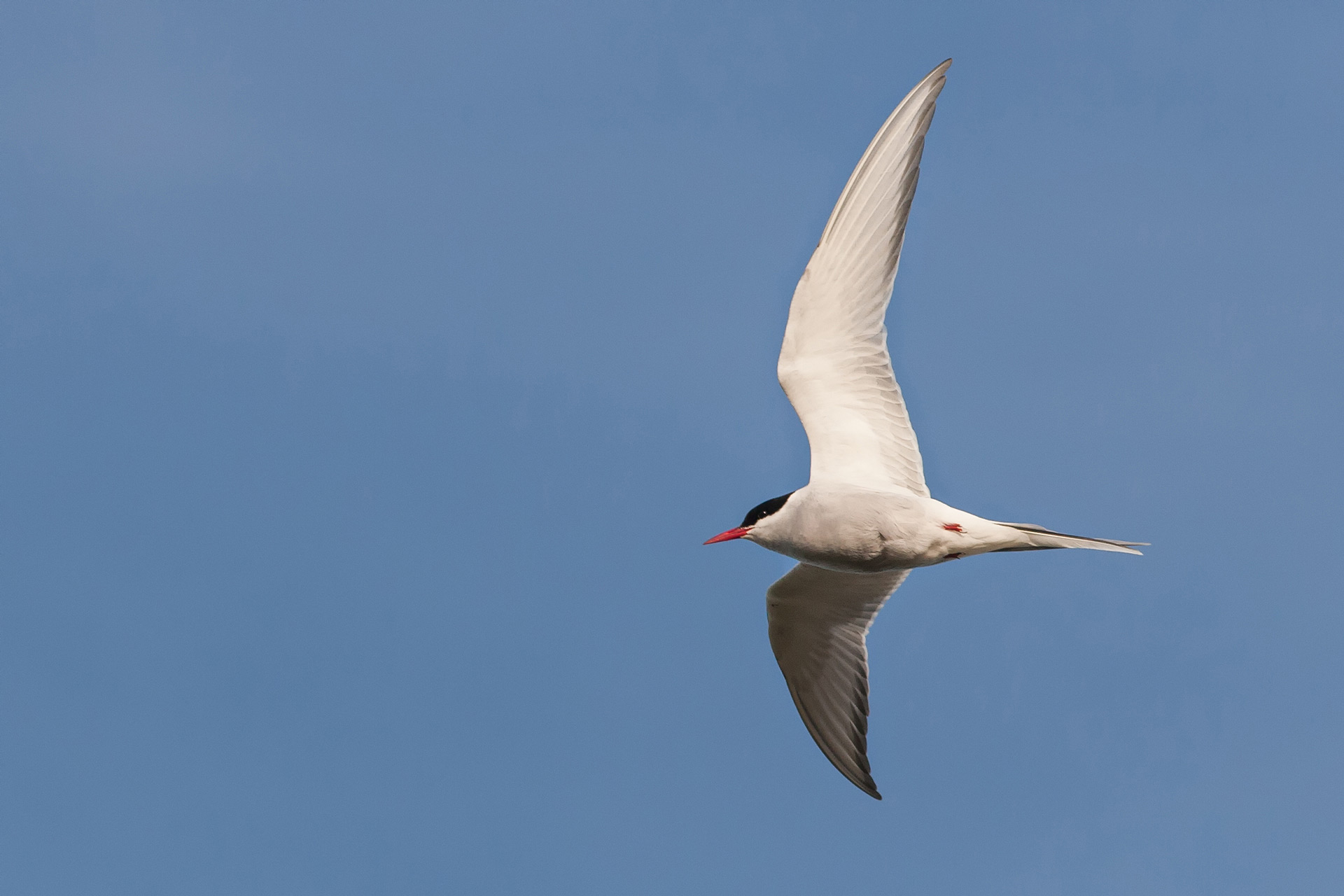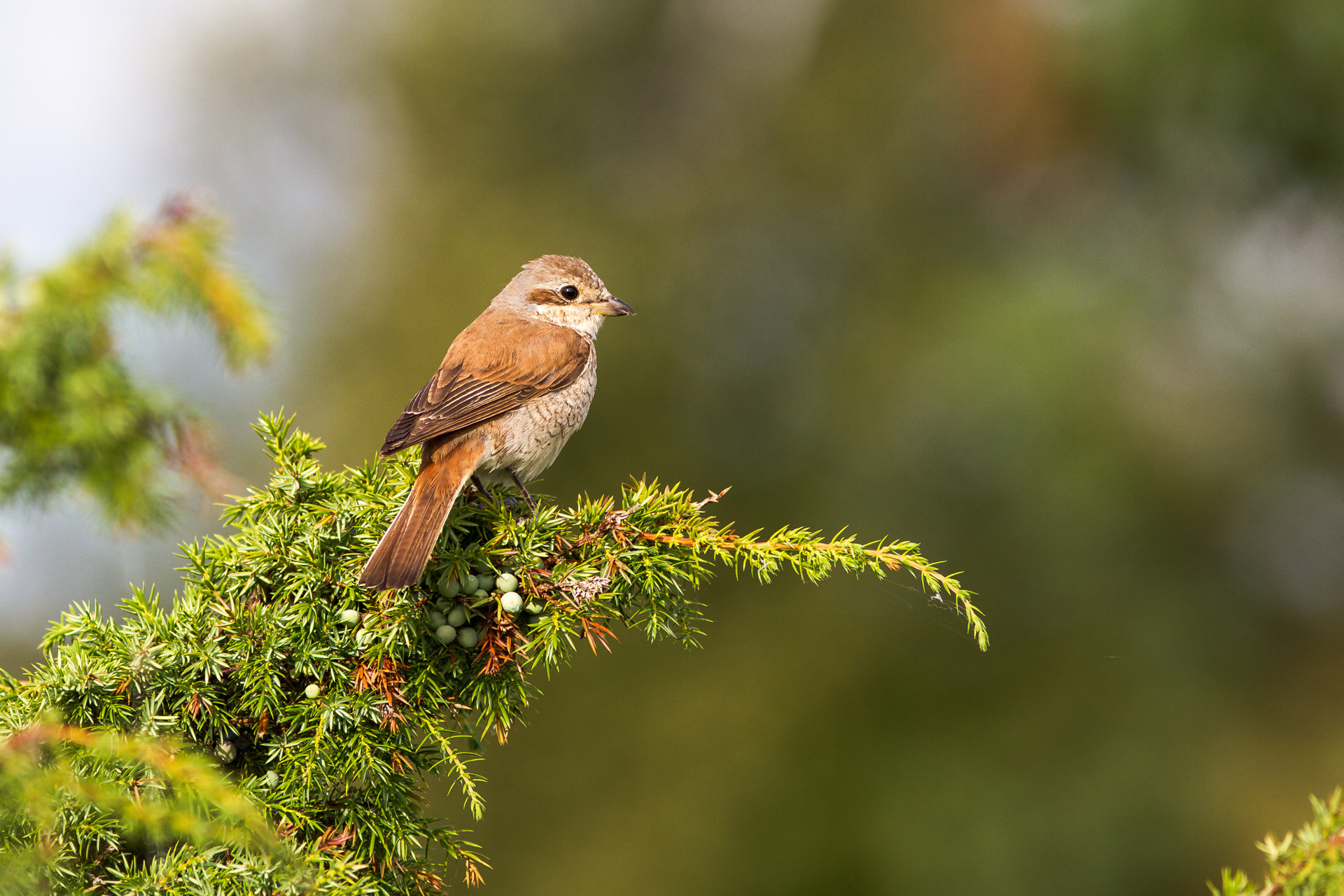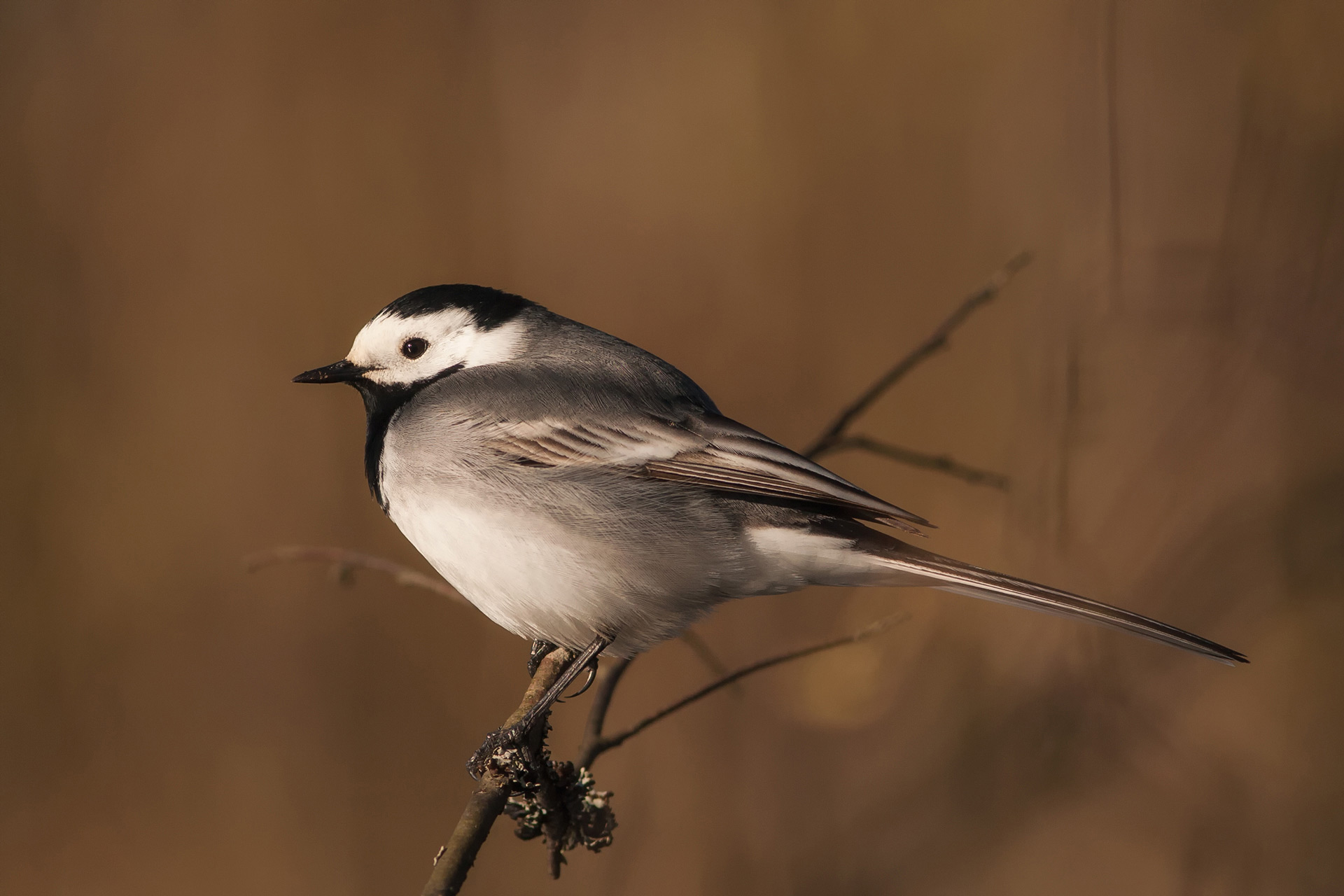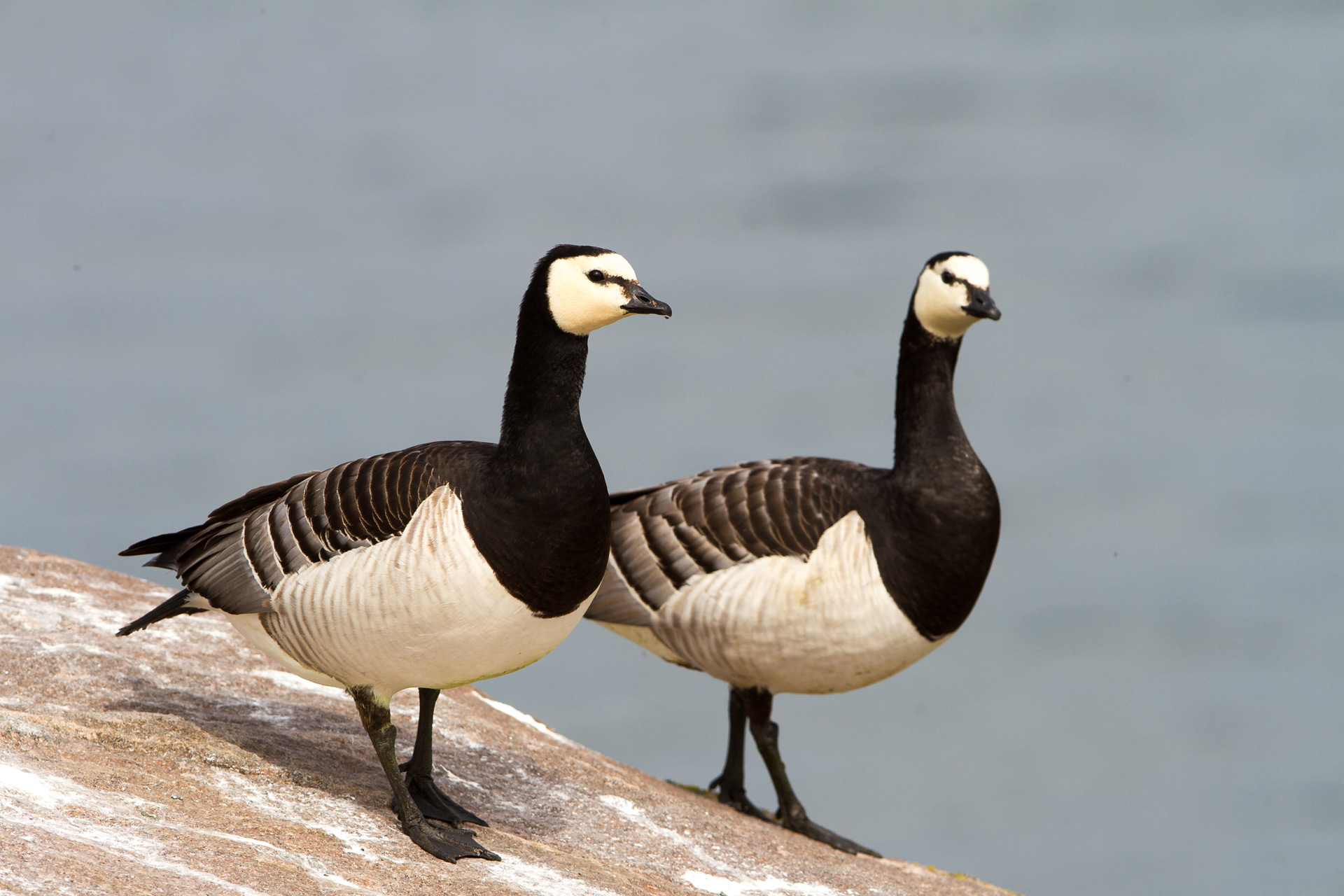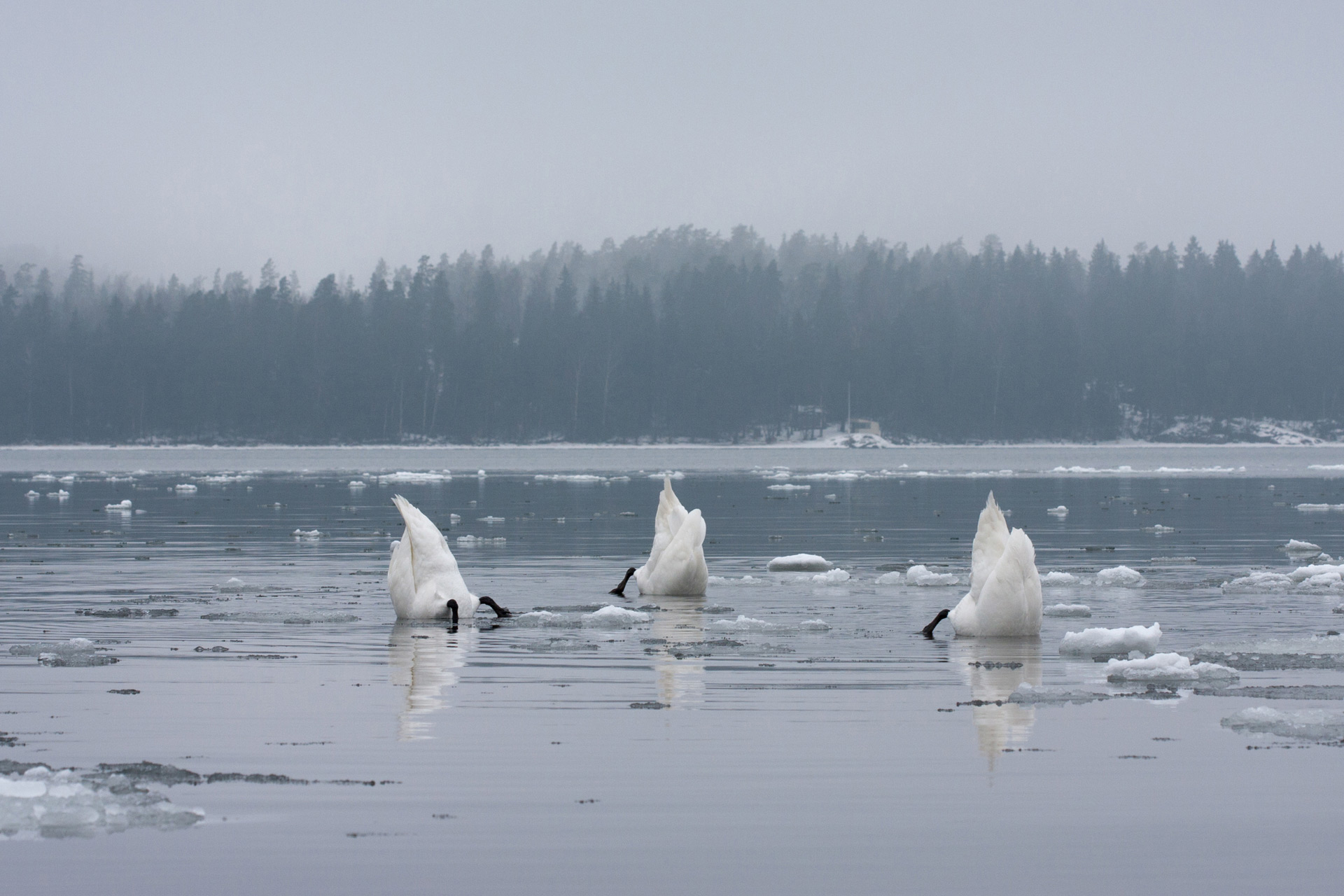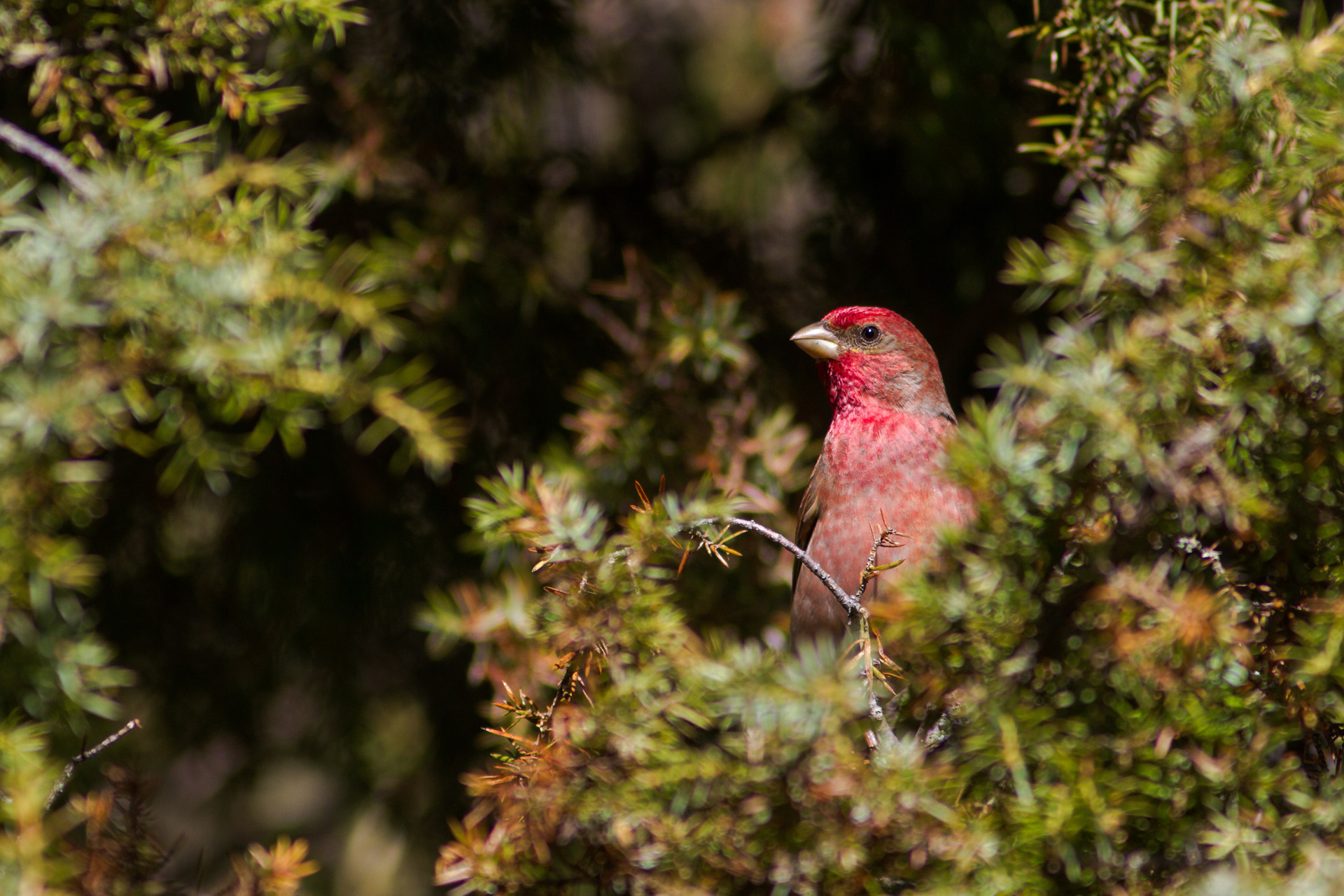Summer neighbours head to different destinations in the autumn
The winter is simply too harsh for most of the bird species that nest on Ruissalo. This is why they migrate to warmer climes to escape the winter, only to return again the following spring. The species with the longest migration is the Arctic tern, which spends the winter months fishing in the sea areas surrounding Antarctica. Geologgers attached to Arctic terns have revealed that these small birds, which weigh only a hundred grams, may fly over 90,000 kilometres a year during their migrations. Considering that the pole-to-pole circumference of the Earth is 40,008 km, the Arctic tern can be said to fly a distance longer than two revolutions around the world during the year!
The red-backed shrike spends the summer hunting large insects, viviparous lizards and bird chicks on Ruissalo, building up enough energy to fly to tropical sub-Saharan Africa for the winter. The white wagtail is happy to fly no further than the Middle East. Barnacle geese, on the other hand, winter in the coastal regions of the North Sea. Mute swans persevere on the shores of Ruissalo until the sea freezes over, at which point they move to the southern parts of the Baltic Sea.
The majority of the birds that nest on Ruissalo migrate to Central Europe, the Mediterranean or Africa, i.e. more or less ‘south’. The scarlet rosefinch takes a more eastern heading and spends its winter in Southeast Asia, in the area of Thailand and southern China. As you can see, the islets, coastal swamps and forests of Ruissalo host quite the international gathering in the summer months.
